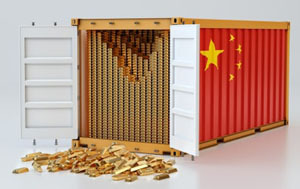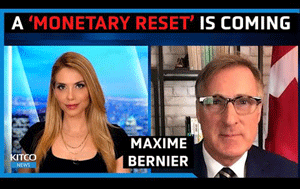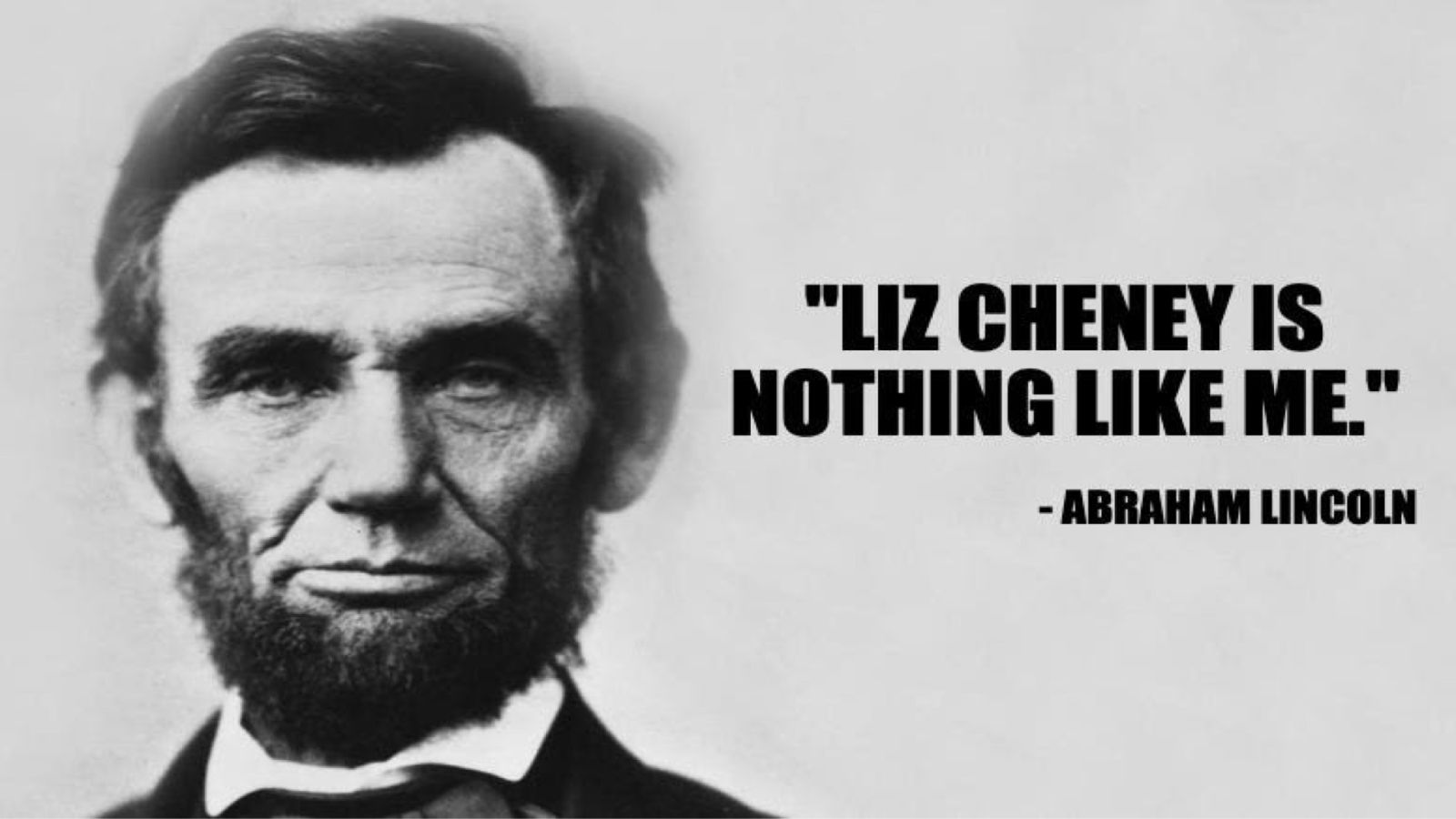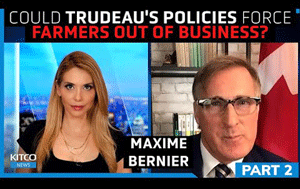
A Direct Line Upstairs
34% of entrepreneurs pray several times a day, compared with 27% of non-entrepreneurs.
Entrepreneurs Feel Closer to God Than the Rest of Us Do
The study: Mitchell J. Neubert and three colleagues at Baylor University investigated the connection between faith and the propensity to start a business, by examining data from a survey that queried 1,714 U.S. adults about their religious habits. They found that entrepreneurs prayed more frequently than other people and were more likely to believe that God was personally responsive to them.
The challenge: Do people who launch companies really feel a deeper connection to their deity than non-entrepreneurs? Professor Neubert, defend your research.
Neubert: Entrepreneurs seem to be more religious in a couple of small—but statistically significant—ways. They pray more—several times a week, on average—and are more likely to believe in an engaged, responsive God who takes a personal interest in them. You can see how the two might be related: If you think God cares about you, you’re more likely to talk to him. Entrepreneurs also are more apt to worship with a congregation that encourages business activity. On other measures—church affiliation, belief in God, and service attendance—they seem to be as religious as everyone else: Nearly nine out of 10 are affiliated with some religion. They attend church monthly, on average, and two-thirds say they have no doubt that God exists. But even those findings might surprise people who assume that hard-driving businesspeople are too busy or greedy to make time for religion.
HBR: Are you studying this because Baylor is a Christian university?
My colleagues, associate professors Kevin Dougherty and Jerry Park and graduate student Jenna Griebel, and I are studying it because entrepreneurs play a critical role in the American economy, so it’s crucial to understand what drives them. Yet research on their religious practices has been pretty sparse. A 2004 study of 44 Brooklyn entrepreneurs found that religiosity was positively correlated to personal ambition and innovation, and a 1985 study on first-generation Japanese-American men linked self-employment to family religious tradition and participation. But those were small samples, and other research, on workers in the UK and entrepreneurs in Colorado, has yielded contradictory findings.
We wanted to examine a random national sample—using the Baylor Religion Survey—and to look beyond affiliation and attendance into beliefs and behaviors. Just because someone goes to church doesn’t mean it’s salient in their lives. This was part of a multiphase project on religion and entrepreneurship supported by a grant from the National Science Foundation.
Did you look at Judaism, Islam, and other faiths too?
Our sample included respondents from all major religions. But in the U.S., even with a national sample, you’re talking about Christians predominantly, since the numbers of Muslims, Jews, and people of other religions, as well as atheists and agnostics, are so small.
So what do these entrepreneurs pray for?
Unfortunately, we don’t know the content of their prayers. Are they asking for energy, insight, success? They’re exposed to a lot more uncertainty and risk than the rest of us, so maybe they feel a need to pray more. Perhaps the pressure of starting and running a business to put food on the table heightens their spiritual leanings.
Or maybe people with greater faith in God are more willing to take risks.
Yes, I think there’s a confidence that can come from your religious beliefs. And maybe the individualism and autonomy associated with entrepreneurship are reflected in the idea of a more personal, direct relationship with God.
Your findings on congregations present another chicken-or-egg question: Do entrepreneurs gravitate to churches that are pro-business, or do those churches spur people to start companies?
We don’t know the direction of the relationship. Maybe entrepreneurs find a place where their mind-set is affirmed. Or maybe they’re influenced by their church peers and leaders. A community of faith surely provides social capital; it can be a source of customers, investors, employees, and encouragement and ideas. And some of these congregations really emphasize the integration of work and worship and financial planning, as well as running their churches in more innovative, businesslike ways. But, all that said, when we’ve asked entrepreneurs in follow-up interviews why they chose their churches, most have said location or friends and family. They haven’t said, “This is the most pro-business congregation in the area.”
Perhaps your findings explain the growing popularity of social entrepreneurship.
Well, we know social entrepreneurs have a purpose beyond profit, and that could certainly come from spiritual beliefs. But among the 28.6% of people in our sample who had started or were trying to start a business, the vast majority had traditional motives: They wanted to work for themselves or sell a product or service that would earn them a good living.
You’ve shown a link between faith and entrepreneurial activity. But what about entrepreneurial success?
We did include some open-ended questions about profitability and other performance measures in a follow-up national survey, but a lot of people left those blank. Still, I think the issue merits further investigation, and we’ll explore it in future research. In another study that Baylor assistant professor Steve Bradley and I did on participants in microfinance programs in Africa and Indonesia, we found that the value people placed on their relationship with God and the way they treated others as a result—what we dubbed their “spiritual capital”—was associated with more innovation, higher revenues, and more employees in their businesses, even when controlling for skill sets and connections. We have another paper under review that delves a bit deeper into congregation characteristics and shows that members of groups that emphasize integrating faith into work are more entrepreneurial in, satisfied with, and committed to their jobs. Clearly, those sorts of employees contribute to the success of organizations.
So your findings hold true not just for entrepreneurs but also for entrepreneurial thinkers in established organizations?
Yes, we have found that people with religious beliefs are more engaged and entrepreneurial at work. Yet we don’t know specifically how this plays out. In the latest phase of our research, we’ve spent time with churchgoers in four areas of the U.S.: black Protestants in Texas, mainline Protestants in New Jersey, evangelicals in Michigan, and Catholics in California. Targeting two churches (one pro-business, one less so) in each locale, we interviewed 10 entrepreneurs and 10 full-time working professionals from all eight congregations, asking more specific questions about the impact that faith has on their work: Does it contribute to their success? How does it affect their behavior? Although we’re only starting our analyses, we have some confidence that people’s religious beliefs do play a role in how they work. The tendency for business leaders might be to ignore, dismiss, or discourage religion at the office. But that could mean missing out on a significant source of employee engagement and dedication. The challenge is to tap into people’s spirituality while still being inclusive of everyone.

A version of this article appeared in the October 2013 issue of Harvard Business Review.
Mitchell J. Neubert is the Chavanne Chair of
Christian Ethics in Business and an associate
professor of management and
entrepreneurship at Baylor University.
Tim Moseley


 China's Swiss gold imports soar nearly 150% in July as gold price trades below $1,800
China's Swiss gold imports soar nearly 150% in July as gold price trades below $1,800
 Gold will play a big role in the coming global 'monetary reset' as U.S dollar loses its dominance – Maxime Bernier
Gold will play a big role in the coming global 'monetary reset' as U.S dollar loses its dominance – Maxime Bernier.gif)
.gif)








 Deirdre Walsh @deirdrekwalsh
Deirdre Walsh @deirdrekwalsh TODAY @TODAYshow
TODAY @TODAYshow

 Trudeau's policies will put Canada's food supply in peril and lead to higher prices – Maxime Bernier
Trudeau's policies will put Canada's food supply in peril and lead to higher prices – Maxime Bernier.gif)
.gif)






.gif)
.gif)



